Brand & Communications Research
Our latest research shows that building a powerful brand will be a key strategy for B2B marketers in 2023 and beyond. We know that as few as 5% of B2B buyers are 'in market' to buy at any given time, meaning the path to purchase can be a long one. The ability to provide memorable, meaningful brand experiences throughout the customer lifecycle can be the difference between being considered or not during this narrow window of opportunity.
At B2B International, we enable leading corporations to build powerful brands through our specialist brand and communications research solutions. Our B2B-specific approach helps clients to measure and benchmark brand health, develop compelling brand propositions and measure the effectiveness of campaigns.
Our brand health tracking research enables you to determine brand awareness and usage in the market, whether your brand positioning is resonating with your audience, and overall satisfaction with your brand and likelihood to recommend to others.
Our brand positioning and perception research measures how strongly your brand is associated with the market’s top three desired positions, how strongly your brand is seen to be differentiated from other brands in the market, and ensuring your brand position is correctly aligned with brand objectives.
Our brand campaign effectiveness research can accurately test the potential and real-world impact of your B2B marketing campaigns, benchmarking your performance against competitors and uncover opportunities for differentiation.
Clients We've Worked With
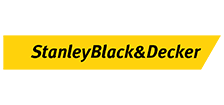
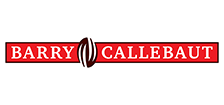
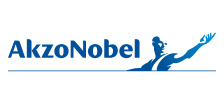
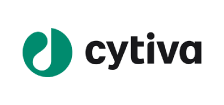
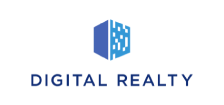
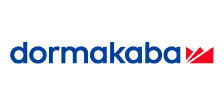
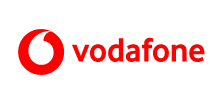
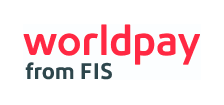
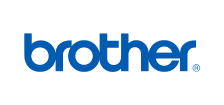
Case Studies
Helping GEALAN to understand and strengthen its brand position
GEALAN is one of the leading suppliers of window profiles in Germany and Europe. The company supports its customers with innovative solutions and excellent services, not only concerning the product, but also through helpful information materials.
To ensure GEALAN’s marketing communications were continuing to build and maintain their strong position in the market, they commissioned a market research study with the aim of creating more differentiated customer communications and services that could meet the needs of both direct and end customers.
GEALAN placed particular importance on mapping as accurate a perception of the brand in the market as possible to identify opportunities for further development.
To ensure GEALAN’s marketing communications were continuing to build and maintain their strong position in the market, they commissioned a market research study with the aim of creating more differentiated customer communications and services that could meet the needs of both direct and end customers.
GEALAN placed particular importance on mapping as accurate a perception of the brand in the market as possible to identify opportunities for further development.
Helping Hyland to unlock brand potential and drive brand growth
Hyland is a leading global provider of enterprise content management and content services (ECM & CS) software. The company has grown rapidly since its inception through a combination of organic growth and acquisitions but sought a consistent, structured approach through which to assess the performance of its brand assets and to guide its brand building efforts.
To achieve its goal, Hyland recognized a need for an independent market research program to benchmark and understand brand performance, diagnose the brand’s core strengths and weaknesses, identify market needs and priorities, assess performance across the Hyland brand portfolio and develop a comprehensive brand playbook to deepen its leadership position in its industry.
To achieve its goal, Hyland recognized a need for an independent market research program to benchmark and understand brand performance, diagnose the brand’s core strengths and weaknesses, identify market needs and priorities, assess performance across the Hyland brand portfolio and develop a comprehensive brand playbook to deepen its leadership position in its industry.
B2B Branding Insights
How to Determine the Strength of Your B2B Brand
We take an holistic approach to understanding the strength of a B2B brand, ensuring our insights can inform any number of strategic objectives and decisions for our clients. This interactive PDF will guide you through each part of our approach: the three perspectives of measuring brands, the metrics to measure those three perspectives, the four audience perspectives, and how we bring it all together to drive change in our clients’ businesses.
Brand Masters Podcast Series
We invited some of the B2B Brand Masters onto our B2B Insights Podcast in this series, to give you some insights and top tips to help inspire your brand strategy throughout 2022 & beyond. Join our Head of Growth Nick Hague as he takes you on the ultimate B2B branding journey with brand experts from around the world including Mark Ritson and Peter Weinberg.


